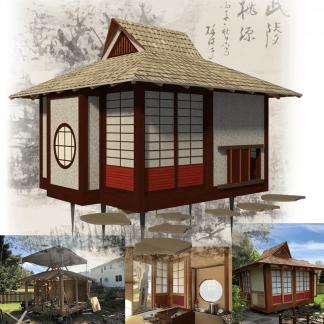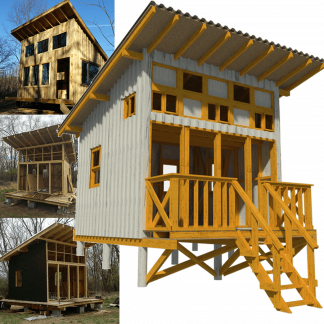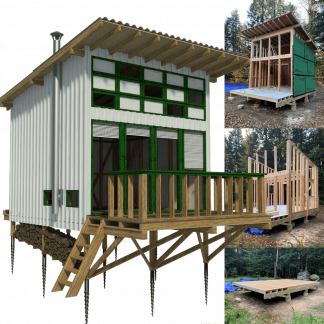Beekeeping jackets with hoods are one of the most important pieces of protective beekeeping gear you’ll ever own. Whether you’re a beginner or a seasoned apiarist, the comfort and safety they provide can’t be overstated. But after the hive checks and honey harvesting are done, how you store your jacket matters just as much as how you wear it. Improper storage can lead to mold, fabric deterioration, and even pest damage.
In this guide, we’ll walk you through exactly how to clean, dry, and store your beekeeping jacket with hood the right way—so it lasts for seasons to come.
Why Proper Storage Matters for Beekeeping Jackets
Your beekeeping gear isn’t just an accessory—it’s a protective shield between you and thousands of stinging insects. Beekeeping jackets with hood are uniquely designed to offer safety and comfort while working around hives, but they require care to remain effective.
If left dirty, damp, or crumpled in a corner, even high-quality long-lasting beekeeping clothing can deteriorate quickly. Mold, rusted zippers, and damaged veils are common issues when jackets are improperly stored. Not to mention, leftover bee pheromones and wax can attract rodents and insects if not cleaned properly.
Storing your jacket the right way ensures:
- Extended life of your protective beekeeping gear
- Avoidance of mildew and fabric wear
- Continued protection from stings and environmental elements
Cleaning Your Beekeeping Jacket Before Storage
Before you even think about folding or hanging your gear, it’s critical to give your beekeeping jacket with hood a thorough cleaning. Dirt, propolis, and bee residue left on the fabric can degrade it over time.
Step-by-Step Bee Suit Maintenance:
- Remove detachable parts like the veil if applicable.
- Shake off loose debris and beeswax before washing.
- Hand-wash or machine wash on a gentle cycle using mild detergent. Avoid bleach or fabric softeners as they can weaken the protective mesh and fabric.
- Use cold or lukewarm water to maintain the integrity of the materials.
Always check the manufacturer’s instructions on your specific jacket—especially if you have one of the ventilated beekeeping jackets made from multiple fabric layers.
Drying the Jacket Properly to Prevent Mold or Odor
After washing comes one of the most overlooked—but critical—steps: drying. Storing your jacket even slightly damp can spell disaster. It invites mold, unpleasant odors, and fabric breakdown.
Tips for Drying Beekeeping Jackets with Hood:
- Air-dry only – Never put the jacket or hood in a dryer.
- Hang it in a shaded, ventilated area, away from direct sunlight that can cause color fading or fiber brittleness.
- Ensure the hood and mesh veil are fully dry, especially around seams and zippers.
Using a dedicated drying rack or hanger allows for breathable bee gear to dry evenly without creasing or stress on the fabric.
The Best Way to Fold or Hang Beekeeping Jackets with Hood
Once your jacket is clean and dry, you need to decide how to store it: folding or hanging. Each method has pros and cons, but both must prioritize maintaining the shape of the hood and veil.
Hanging Storage:
- Use a wide, padded hanger to prevent shoulder creases.
- Zip the jacket fully to retain its form.
- Let the hood rest naturally without pressure or tight folding.
Folding Storage:
- Fold gently without squashing the veil.
- Place a soft cloth or tissue between folds to protect mesh areas.
- Store folded gear in a crease-free storage container to avoid pressure damage.
No matter which method you choose, avoid stuffing the jacket into tight spaces. The key is to protect the shape and materials of both the jacket body and the hood.
Storage Conditions Where and How to Store Your Jacket
The place you store your beekeeping jacket with a hood matters just as much as how you store it. Moisture, heat, and pests can all damage your gear when it’s out of sight for the season.
Best Storage Practices:
- Choose a dry, cool location — closets, climate-controlled sheds, or indoor storage rooms work best.
- Avoid basements, garages, or attics where temperature and humidity fluctuate.
- Use garment bags or sealed containers for added protection.
- Add silica gel packets to absorb moisture inside containers.
Want to go the extra mile? Use cedar blocks or lavender sachets to deter moths and rodents. This keeps your bee gear storage ideas pest-free and naturally fresh.
Off-Season Tips Long-Term Storage for Beekeeping Gear
If you only use your jacket during spring and summer, you’ll need to think long-term. Storing for several months (or even over a year) requires additional steps for care.
Seasonal Beekeeping Equipment Care Checklist
- Inspect before storing — patch any tears or fraying.
- Store separately from tools like smokers or hive tools that may carry soot or residue.
- Label storage containers with the jacket size, type, and condition so you’re ready for next season.
If you have multiple sets of beekeeping supplies, consider creating a seasonal rotation plan to keep everything organized.
Inspect Before Use Jacket Checklist at Season Start
Before heading out for your first spring inspection, give your beekeeping jacket with hood a full once-over.
What to Look For:
- Tears or holes in the mesh veil
- Stuck or rusty zippers
- Discoloration or mildew from improper drying
- Any loose elastic on cuffs or waistband
Early inspection avoids mid-season accidents and ensures your beekeeping jacket inspection leads to a season of sting-free work.
Final Thoughts
Your beekeeping jacket with a hood is more than just a piece of clothing—it’s your frontline defense against stings, scratches, and hive chaos. With proper cleaning, drying, and storage techniques, you’ll extend its life and get the most out of your investment.
Always treat your protective beekeeping gear and other beekeeping gears with care, and they’ll return the favor season after season.
Whether you’re just starting out or have multiple hives under your care, these tips will ensure your beekeeping clothing and essential beekeeping gears stay fresh, functional, and ready for the buzz of spring.








